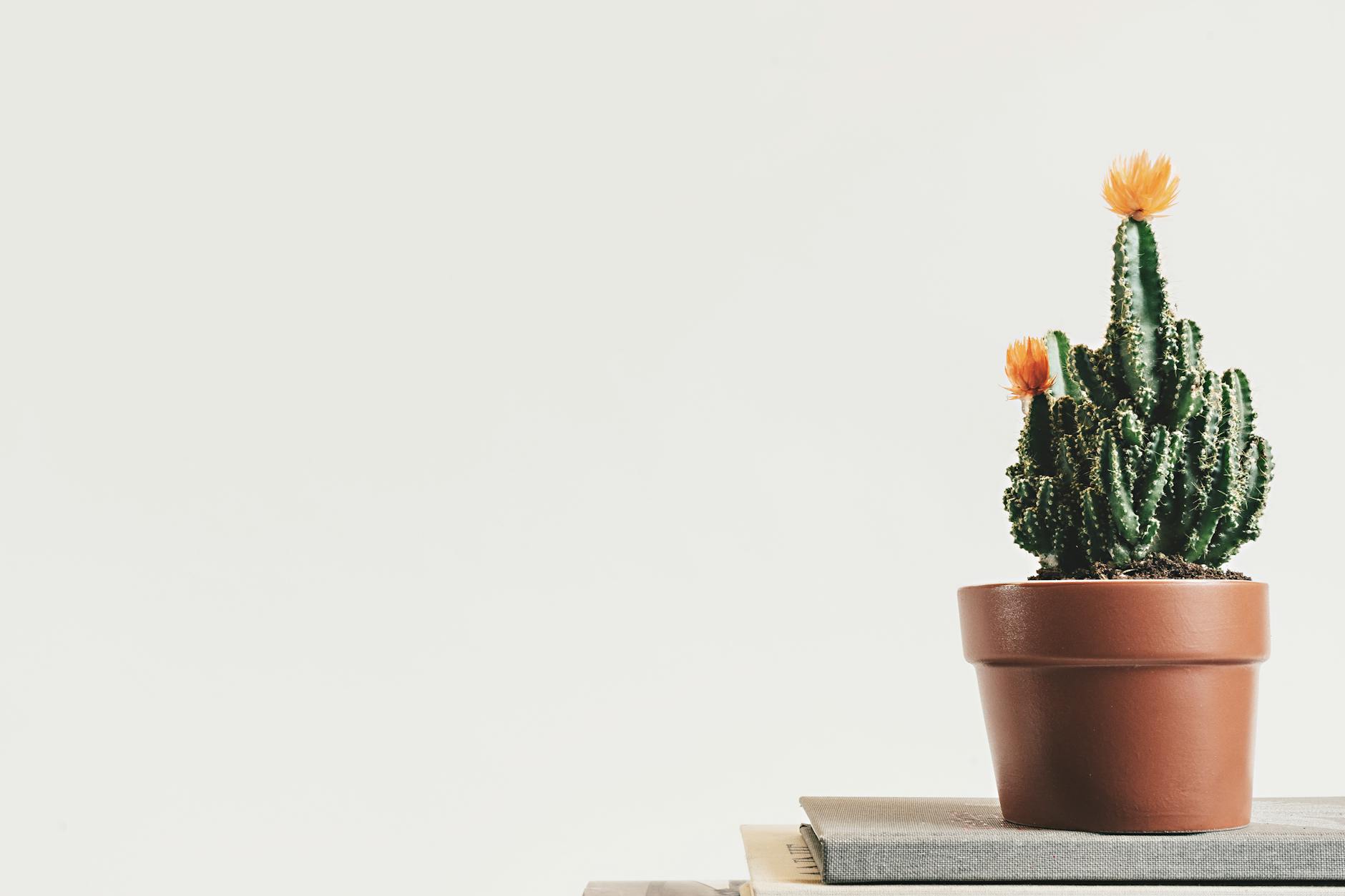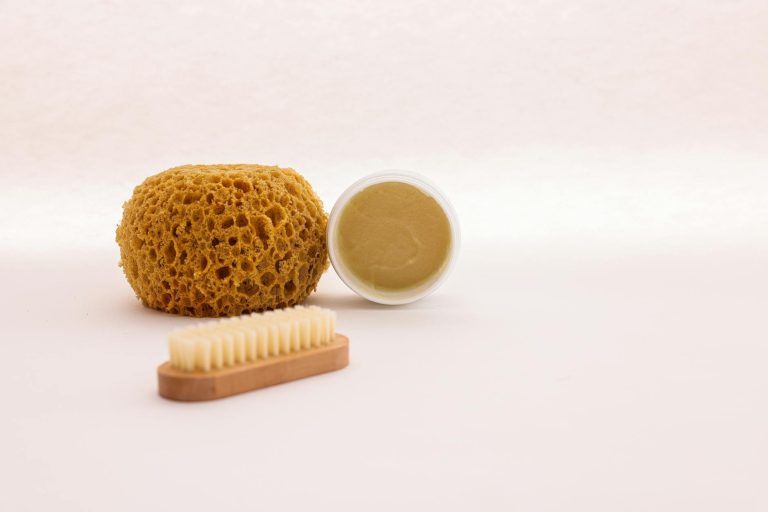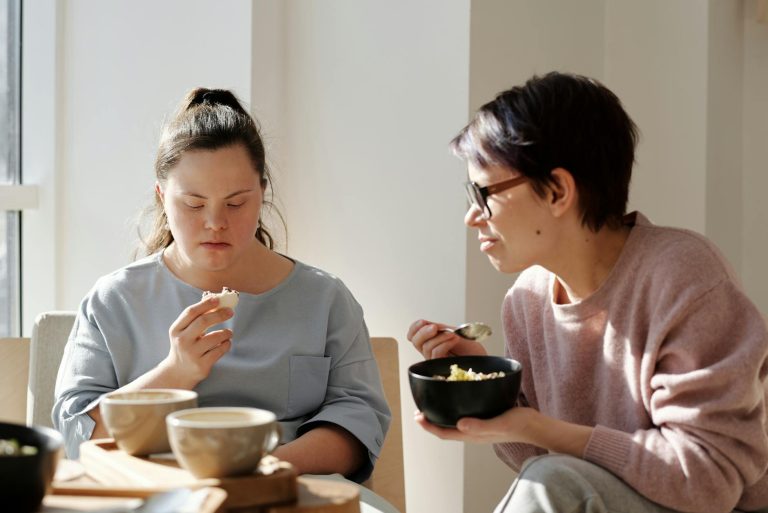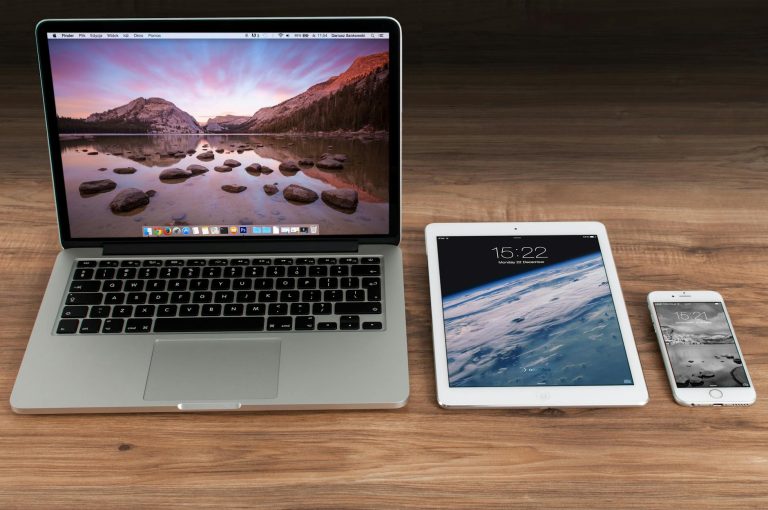Decluttering Your Space: A Minimalist Approach to Reduce Stress
Is your living space causing you stress? 😫 You’re not alone. In today’s fast-paced world, many of us find ourselves drowning in a sea of possessions, struggling to navigate through cluttered rooms and overflowing closets. The constant visual noise can be overwhelming, leaving us feeling anxious and unproductive.
But what if there was a way to transform your chaotic space into a haven of tranquility? Enter minimalism – a powerful approach to decluttering that promises not just a tidier home, but a calmer mind and a more fulfilling life. By embracing minimalist principles, you can cut through the clutter, rediscover what truly matters, and create a space that nurtures your well-being.
In this blog post, we’ll explore the art of decluttering through a minimalist lens. From understanding the core concepts of minimalism to applying practical techniques like the KonMari Method, we’ll guide you through a transformative journey. We’ll tackle decluttering room by room, discuss sustainable practices, and even delve into the world of digital decluttering. Get ready to simplify your space, reduce stress, and unlock the potential of minimalist living! 🌿✨
Understanding Minimalism
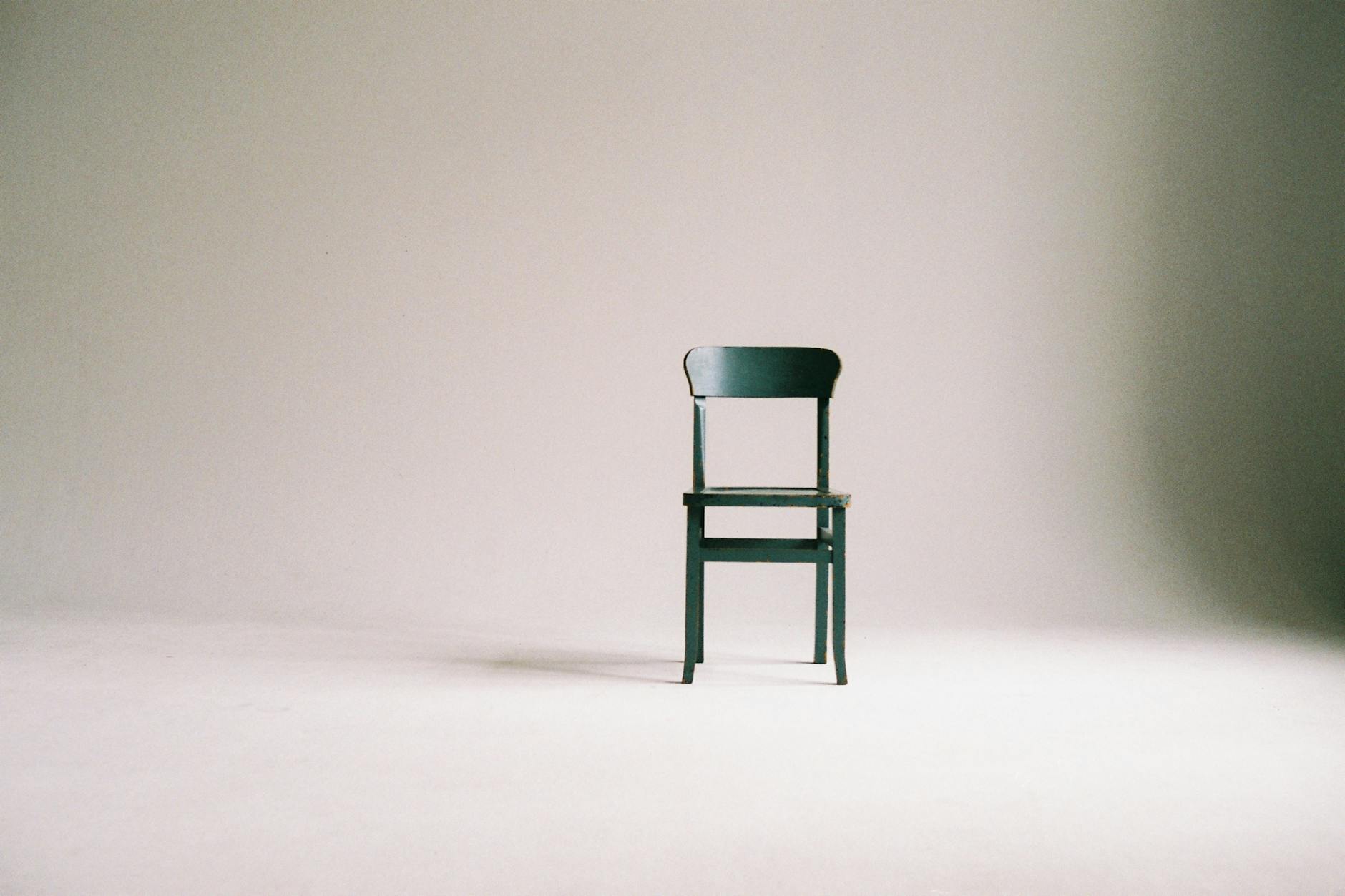
Definition of minimalism
Minimalism is a lifestyle philosophy that emphasizes simplicity and intentionality. It’s about reducing excess and focusing on what truly matters. At its core, minimalism encourages individuals to live with less, both in terms of material possessions and mental clutter.
| Key Aspects of Minimalism | Description |
|---|---|
| Simplicity | Embracing a less complicated lifestyle |
| Intentionality | Making conscious choices about possessions and activities |
| Functionality | Prioritizing items that serve a purpose |
| Quality over quantity | Valuing fewer, high-quality items |
Benefits of a minimalist lifestyle
Adopting a minimalist lifestyle can lead to numerous positive changes:
- Increased financial freedom
- More time for meaningful activities
- Improved focus and productivity
- Enhanced creativity
- Better environmental impact
How minimalism reduces stress
Minimalism is an effective tool for stress reduction. By simplifying our surroundings and focusing on essentials, we can significantly decrease mental and emotional strain. Here’s how:
- Reduced decision fatigue
- Clearer mental space
- Improved time management
- Less maintenance and cleaning
- Greater appreciation for what we have
By embracing minimalism, we create an environment that supports mental clarity and emotional well-being. This simplified approach to life allows us to focus on what truly matters, leading to reduced stress and increased overall satisfaction.
Assessing Your Space
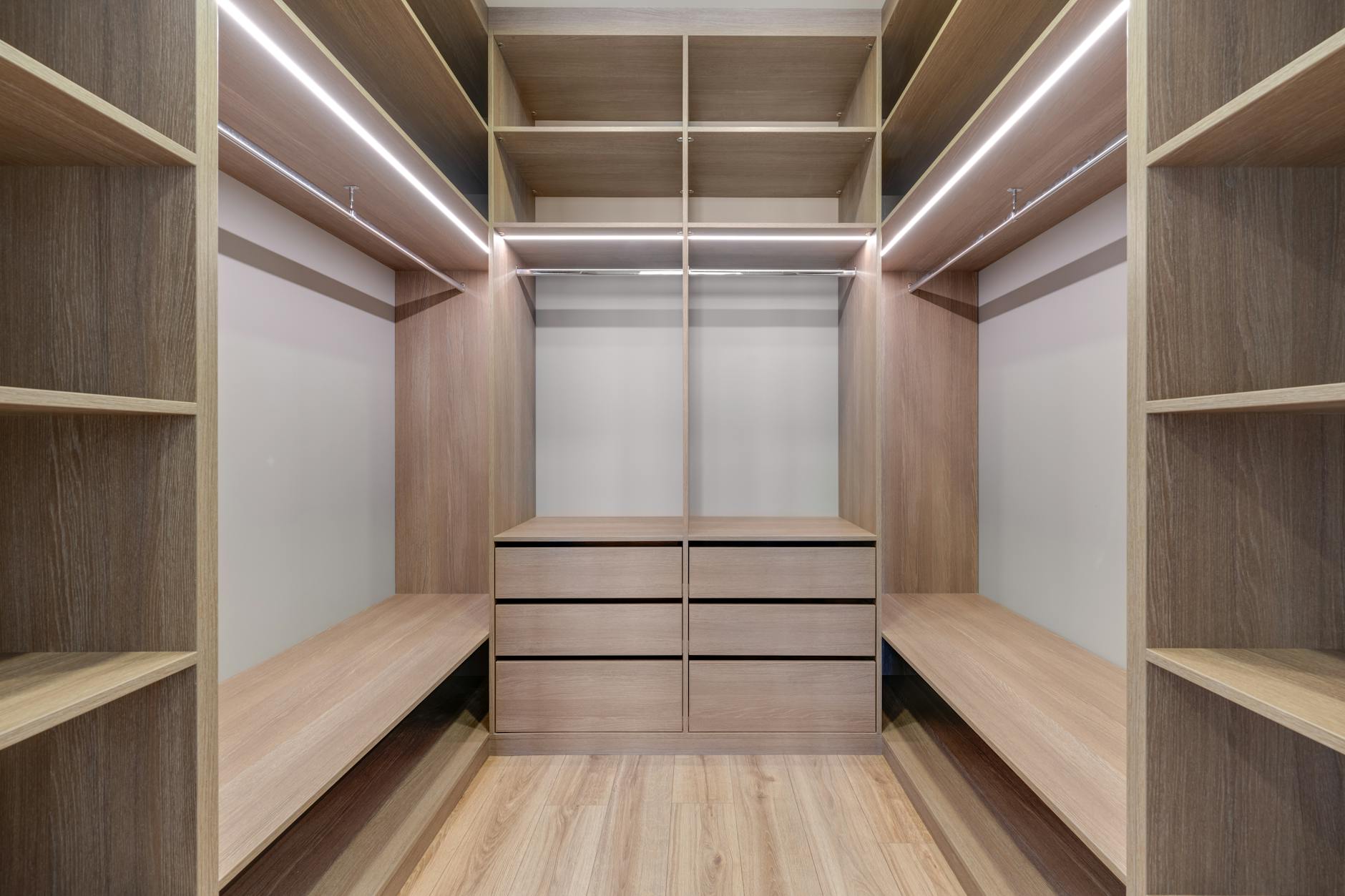
Identifying clutter hotspots
Before embarking on your decluttering journey, it’s crucial to identify the areas in your home that accumulate the most clutter. These “clutter hotspots” are often high-traffic areas or spaces where items tend to pile up. Common clutter hotspots include:
- Entryways
- Kitchen counters
- Dining tables
- Bedroom dressers
- Home office desks
To effectively assess your space, create a clutter map:
| Room | Clutter Hotspots | Severity (1-5) |
|---|---|---|
| Living Room | Coffee table, TV stand | 3 |
| Kitchen | Countertops, sink area | 4 |
| Bedroom | Nightstand, closet floor | 2 |
| Bathroom | Vanity, medicine cabinet | 3 |
Emotional attachment to objects
One of the biggest challenges in decluttering is dealing with items that hold sentimental value. To overcome this:
- Acknowledge your emotions
- Ask yourself if the item truly brings joy
- Consider keeping a photo instead of the physical object
- Limit sentimental items to a designated “memory box”
Categorizing items by necessity
Organize your belongings into three categories:
- Essential: Items used regularly
- Occasional: Things used seasonally or rarely
- Unnecessary: Items that haven’t been used in over a year
This categorization will help you make informed decisions about what to keep, donate, or discard.
Setting decluttering goals
Establish clear, achievable goals to guide your decluttering process:
- Short-term: Tackle one room or category per week
- Medium-term: Reduce overall belongings by 25% within three months
- Long-term: Maintain a clutter-free home for a year
With these goals in mind, you’re now ready to begin the hands-on process of decluttering your space.
The KonMari Method
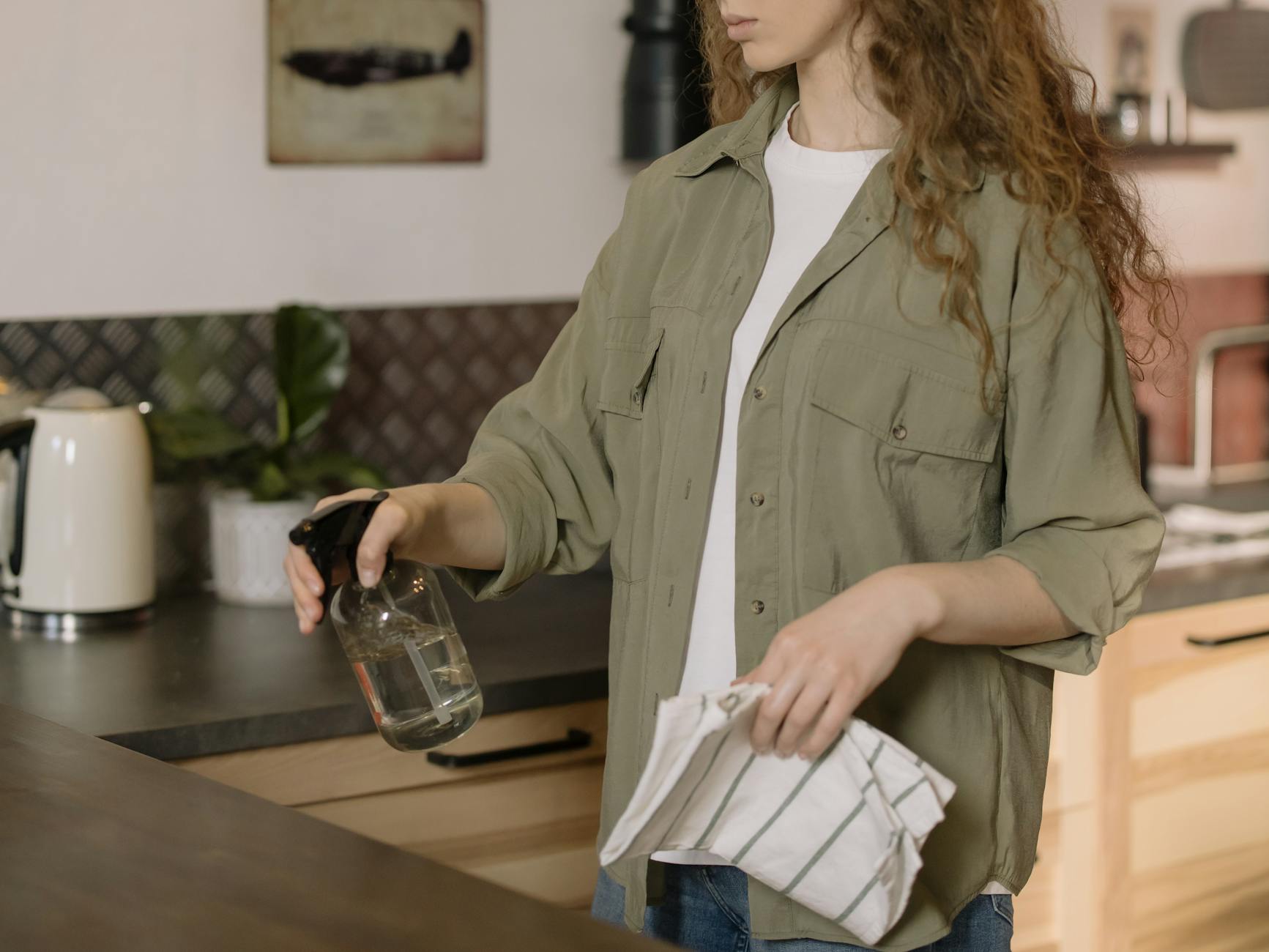
Marie Kondo’s approach
Marie Kondo’s approach to decluttering, known as the KonMari Method, has revolutionized the way people organize their homes. This Japanese organizing consultant emphasizes tidying by category rather than location, focusing on keeping items that “spark joy” and discarding those that don’t.
Tidying by category
The KonMari Method follows a specific order for decluttering:
- Clothes
- Books
- Papers
- Komono (miscellaneous items)
- Sentimental items
This approach ensures that you tackle similar items together, making decision-making easier and more efficient. By following this order, you build your decision-making “muscle” as you progress through categories.
| Category | Examples | Tips |
|---|---|---|
| Clothes | Shirts, pants, accessories | Start with off-season items |
| Books | Fiction, non-fiction, textbooks | Keep only those you’ll reread |
| Papers | Documents, bills, letters | Digitize important papers |
| Komono | Kitchen items, electronics, toiletries | Sort by subcategories |
| Sentimental | Photos, gifts, mementos | Save this category for last |
The “spark joy” concept
At the heart of the KonMari Method is the idea of keeping only items that “spark joy.” This concept encourages you to focus on what you want to keep, rather than what you want to discard. To determine if an item sparks joy:
- Hold the item in your hands
- Pay attention to your body’s reaction
- Keep items that bring a sense of happiness or excitement
- Thank items that don’t spark joy before discarding them
This approach helps create a more positive and mindful decluttering experience, allowing you to surround yourself with items that truly bring you happiness and contribute to a more peaceful living space.
Room-by-Room Decluttering
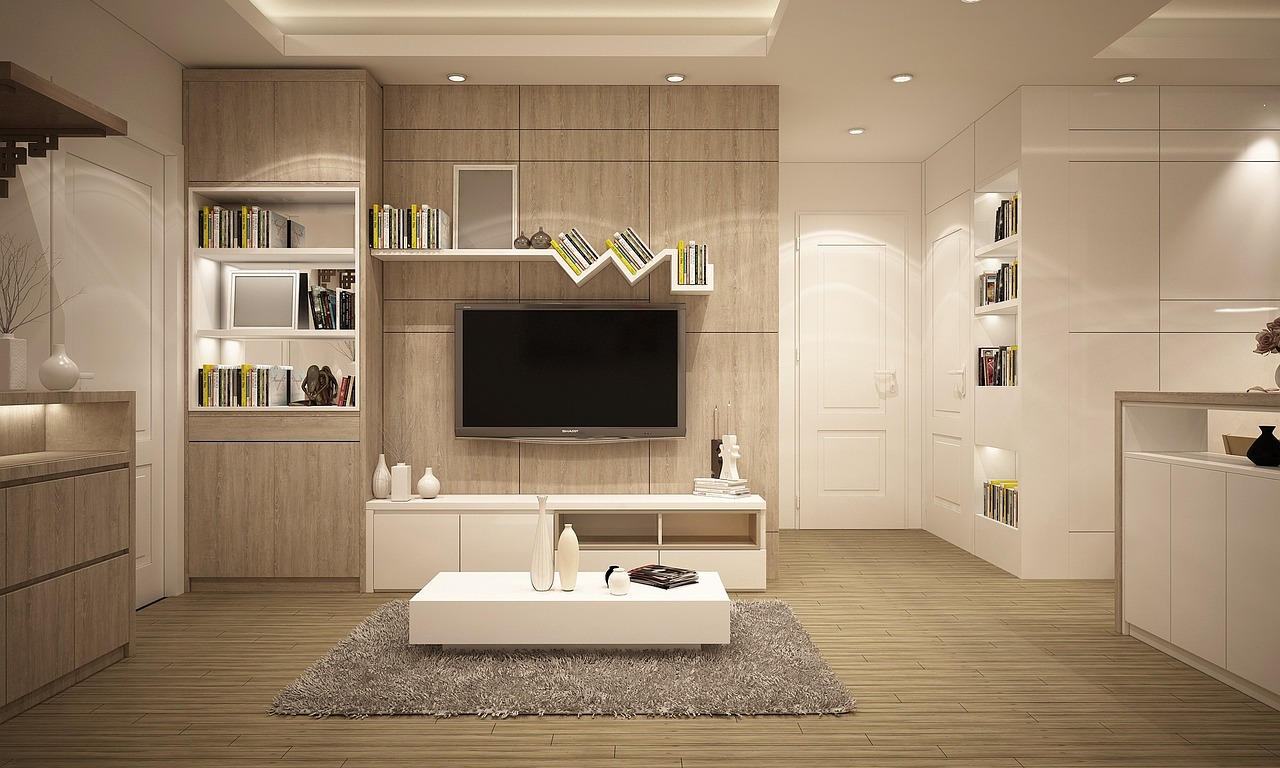
Tackling the bedroom
Start your decluttering journey in the bedroom, where a peaceful environment is crucial for quality rest. Begin by sorting your clothing using the following categories:
- Keep
- Donate
- Recycle
- Discard
Next, organize your closet using space-saving techniques:
- Use slim hangers
- Implement drawer dividers
- Utilize under-bed storage
| Storage Solution | Benefits |
|---|---|
| Slim hangers | Maximize hanging space |
| Drawer dividers | Keep items organized |
| Under-bed storage | Utilize hidden space |
Organizing the living room
The living room is often the heart of the home, so keeping it clutter-free is essential. Focus on:
- Decluttering surfaces
- Organizing entertainment systems
- Streamlining decor
Create a minimalist entertainment center by hiding cords and using a cable management system. Choose multi-functional furniture to maximize space and reduce clutter.
Streamlining the kitchen
A clutter-free kitchen promotes efficiency and enjoyment while cooking. Follow these steps:
- Clear countertops
- Organize cabinets and drawers
- Declutter the refrigerator and pantry
Implement the “one in, one out” rule for kitchen gadgets to prevent accumulation. Use clear containers for pantry items to easily identify contents and reduce waste.
Decluttering the bathroom
Transform your bathroom into a spa-like retreat by:
- Removing expired products
- Organizing toiletries
- Maximizing storage space
Use vertical storage solutions like over-the-toilet shelving or wall-mounted organizers to make the most of limited space.
Simplifying home office spaces
Create a productive work environment by decluttering your home office:
- Digitize documents
- Organize supplies
- Create a filing system
Implement a “clean desk policy” by clearing your workspace at the end of each day. This practice not only reduces physical clutter but also helps clear mental clutter, allowing you to start each workday with a fresh perspective.
Sustainable Decluttering Practices

Donating usable items
When decluttering, you’ll likely come across items that are still in good condition but no longer serve you. Donating these items is an excellent way to practice sustainable decluttering. Consider local charities, shelters, or community organizations that could benefit from your donations. Here’s a list of common items you can donate:
- Gently used clothing and shoes
- Books and educational materials
- Furniture in good condition
- Kitchen appliances and utensils
- Electronics (working condition)
Recycling and upcycling
For items that can’t be donated, recycling is the next best option. Many materials can be recycled, including paper, plastic, glass, and metal. Upcycling is another creative way to give new life to old items. Here’s a comparison of recycling and upcycling:
| Recycling | Upcycling |
|---|---|
| Breaks down materials | Repurposes items |
| Requires energy | Often DIY |
| Reduces waste | Adds value |
| Large-scale process | Small-scale creativity |
Responsibly disposing of unwanted items
Some items may not be suitable for donation or recycling. In these cases, it’s crucial to dispose of them responsibly. Research local waste management facilities that handle hazardous materials, electronics, or bulky items. Many communities offer special collection days for difficult-to-dispose items.
By adopting these sustainable decluttering practices, you not only reduce stress in your own life but also contribute to a healthier environment. As we move forward, let’s explore how to maintain the clutter-free space you’ve worked hard to create.
Maintaining a Clutter-Free Space
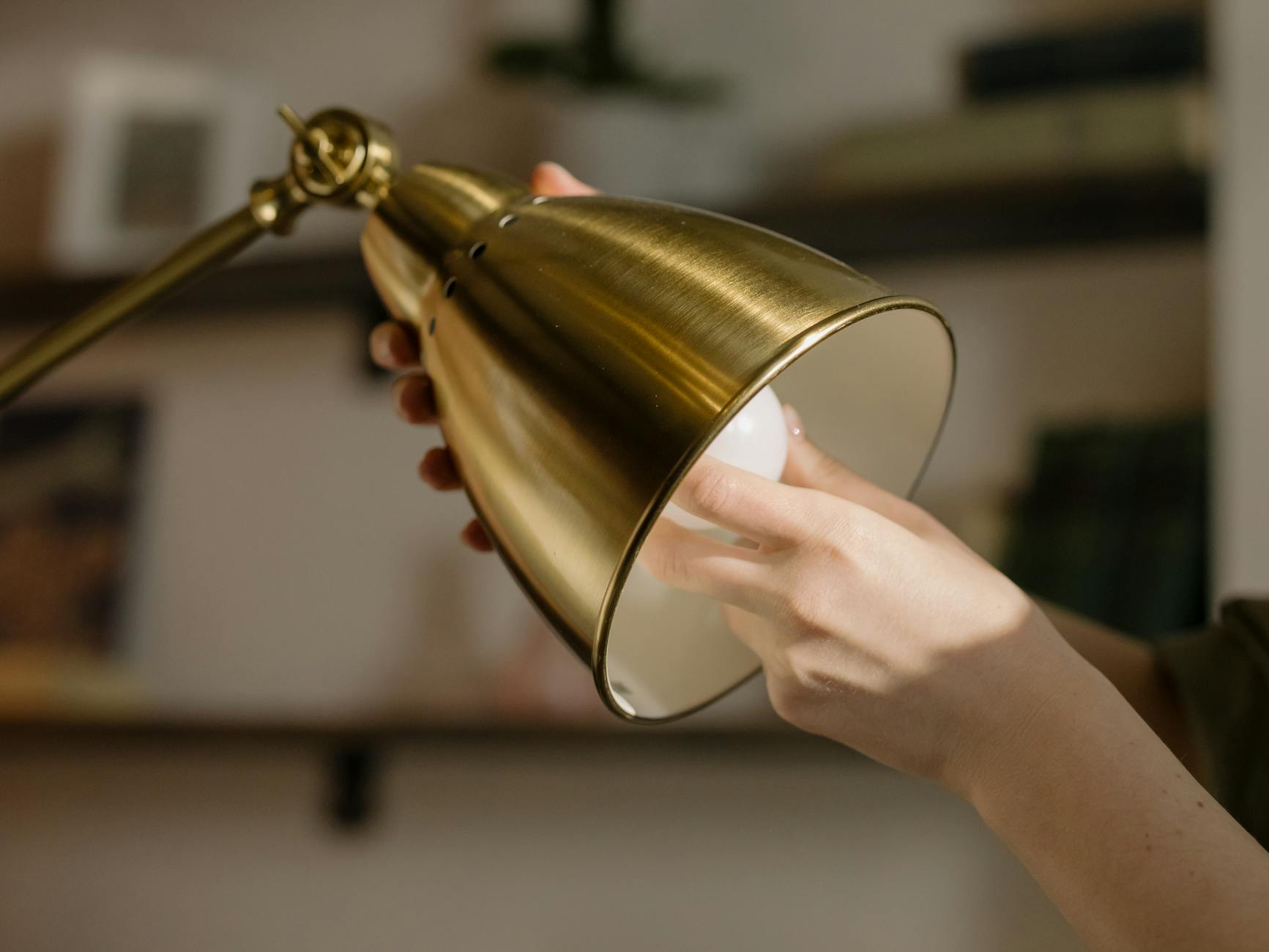
Daily tidying habits
Establishing daily tidying habits is crucial for maintaining a clutter-free space. Here are some effective habits to incorporate into your routine:
- Make your bed every morning
- Put items back in their designated spots after use
- Clear surfaces before going to bed
- Sort through mail and papers daily
- Do a quick 10-minute tidy-up each evening
By consistently practicing these habits, you’ll prevent clutter from accumulating and maintain a sense of order in your space.
One-in-one-out rule
The one-in-one-out rule is a simple yet powerful principle for managing possessions:
| When you… | You must… |
|---|---|
| Buy a new item | Remove a similar item |
| Receive a gift | Donate or discard something else |
| Acquire anything new | Let go of something old |
This rule helps maintain balance in your belongings and prevents unnecessary accumulation. It encourages thoughtful consumption and keeps your space clutter-free.
Regular decluttering sessions
Scheduling regular decluttering sessions helps maintain a minimalist space:
- Weekly: Quick 30-minute sweep of high-traffic areas
- Monthly: Deeper dive into specific categories (e.g., clothes, books)
- Seasonally: Evaluate and rotate seasonal items
- Annually: Comprehensive review of all possessions
These sessions allow you to reassess your belongings and ensure everything in your space continues to serve a purpose or bring joy.
Mindful purchasing
Mindful purchasing is the key to preventing future clutter. Before making a purchase, ask yourself:
- Do I truly need this item?
- Does it align with my values and lifestyle?
- Where will I store it?
- Will I use it regularly?
- Can I borrow or rent it instead?
By adopting these practices, you’ll cultivate a more intentional approach to consumption and maintain a clutter-free, minimalist space that promotes peace and reduces stress.
Digital Decluttering
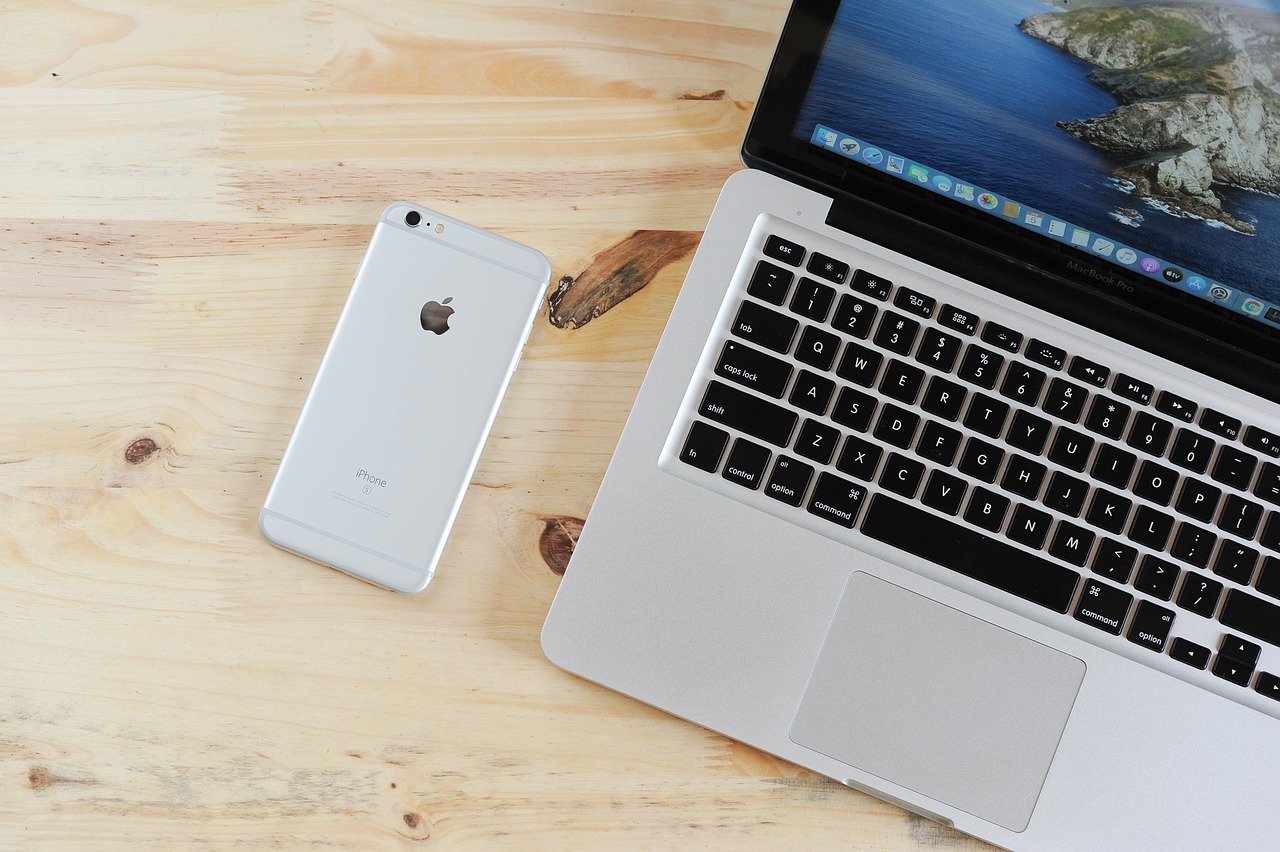
Organizing digital files and folders
In today’s digital age, our virtual spaces can become just as cluttered as our physical ones. Start by creating a logical folder structure on your computer and cloud storage. Use descriptive names for folders and files, and implement a consistent naming convention. Consider the following organizational structure:
- Documents
- Personal
- Work
- Financial
- Photos
- By Year
- By Event
- Music
- Videos
Regularly delete unnecessary files and back up important ones to prevent digital hoarding.
Streamlining email inboxes
An overflowing inbox can be a significant source of stress. Implement the following strategies to maintain a clean email environment:
- Unsubscribe from unnecessary newsletters
- Use filters to automatically sort incoming emails
- Apply the “2-minute rule”: If it takes less than 2 minutes to respond, do it immediately
- Create folders for different categories of emails
| Folder Name | Purpose |
|---|---|
| Action Required | Emails that need your immediate attention |
| Waiting For | Emails you’re expecting responses to |
| Archive | Important emails you may need to reference later |
Decluttering social media accounts
Social media can be a major time sink and source of digital clutter. Take these steps to declutter your accounts:
- Unfollow accounts that don’t add value to your life
- Limit notifications to essential ones only
- Use lists or groups to organize your feed
- Regularly review and delete old posts or photos
Managing app overload
Too many apps can slow down your device and create unnecessary distractions. Here’s how to manage app overload:
- Delete apps you haven’t used in the last 3 months
- Organize remaining apps into folders on your home screen
- Turn off notifications for non-essential apps
- Regularly update or delete apps to maintain device performance
By implementing these digital decluttering strategies, you’ll create a more organized and stress-free digital environment. This will not only improve your productivity but also contribute to a clearer mind, aligning with the minimalist approach to reducing stress in your overall life.
Minimalist Design Principles

Embracing negative space
Negative space, also known as white space, is a fundamental principle in minimalist design. It refers to the empty areas between and around objects in a room. By incorporating more negative space, you create a sense of calm and openness in your living environment. Here are some ways to embrace negative space:
- Remove unnecessary decorations
- Keep surfaces clear of clutter
- Use simple, clean-lined furniture
- Create visual breathing room between items
Choosing quality over quantity
In minimalist design, the focus is on selecting fewer, high-quality pieces rather than filling a space with numerous lower-quality items. This approach not only reduces clutter but also creates a more refined and intentional aesthetic. Consider the following when choosing items for your space:
| Aspect | Quality-focused approach |
|---|---|
| Durability | Invest in well-made, long-lasting pieces |
| Functionality | Choose items that serve a clear purpose |
| Timelessness | Opt for classic designs that won’t quickly go out of style |
| Materials | Select high-quality, sustainable materials |
Implementing a cohesive color scheme
A harmonious color palette is essential in minimalist design. Stick to a limited range of colors to create a sense of unity and calm throughout your space. Consider these tips:
- Choose a neutral base color
- Add one or two accent colors for visual interest
- Use different shades and tones of the same color for depth
- Incorporate natural materials to add warmth and texture
Selecting multifunctional furniture
Multifunctional furniture is a key element in minimalist design, allowing you to maximize space efficiency without sacrificing functionality. Look for pieces that serve multiple purposes, such as:
- Storage ottomans
- Expandable dining tables
- Sofa beds
- Wall-mounted desks that fold away when not in use
By incorporating these minimalist design principles, you can create a serene and purposeful living environment that reduces stress and promotes a sense of calm. In the next section, we’ll explore how to maintain this clutter-free space for long-term benefits.
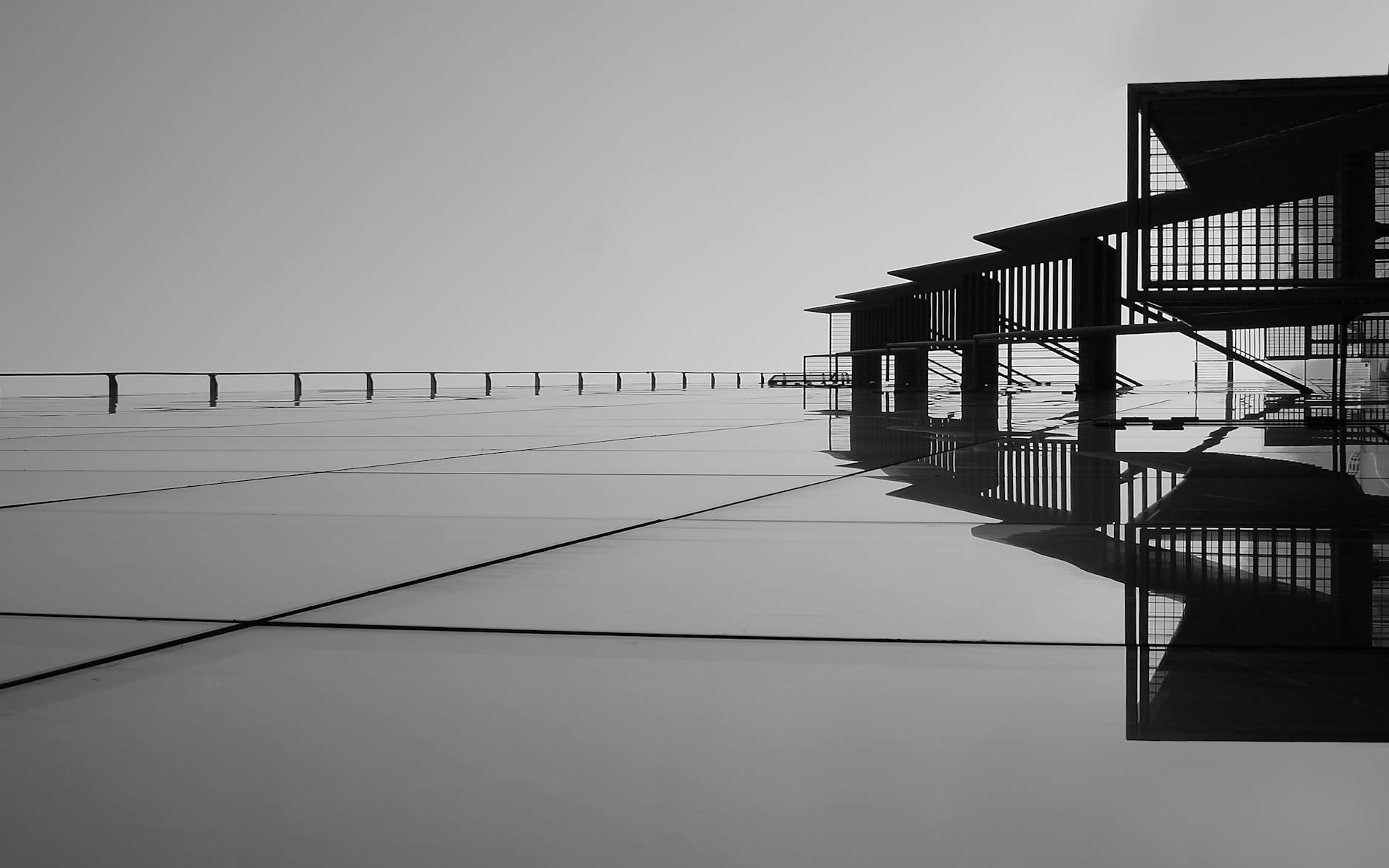
Embracing minimalism and decluttering your space can significantly reduce stress and improve your overall well-being. By assessing your living areas, applying methods like KonMari, and tackling clutter room by room, you can create a more peaceful and organized environment. Remember to adopt sustainable practices when discarding items and implement minimalist design principles to maintain a clutter-free space.
As you embark on your decluttering journey, don’t forget to extend these principles to your digital life as well. By simplifying both your physical and virtual spaces, you’ll cultivate a sense of calm and focus that permeates all aspects of your life. Take the first step today towards a more minimalist lifestyle and experience the transformative power of a clutter-free environment.

